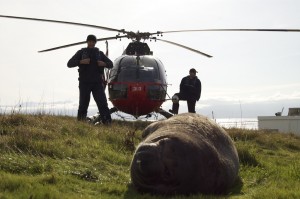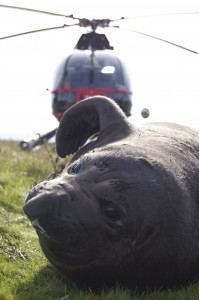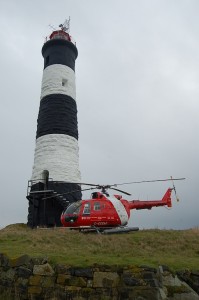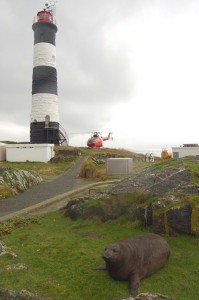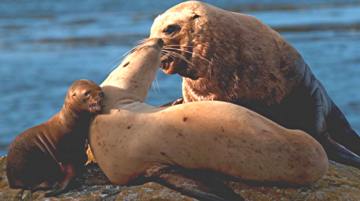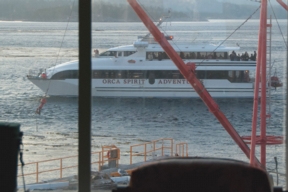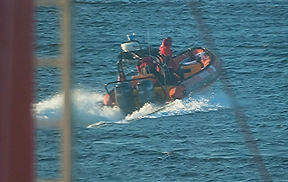Ken Dunham, a graduate of Pearson College UWC, now enrolled in a Law program at the University of Ottawa has submitted the following as a class assignment in Natural Resources Law, CML 1105H for Professor Stewart Elgie.
See the complete paper in this PDF: Race Rocks Legal Analysis-1
Introduction
Canada is a country of incredible natural beauty and ecological diversity, a significant portion of which has been protected under a system of national and provincial parks and other reserves. One might think that it would be a straightforward matter to similarly protect another unique ecological zone. Especially if it was small, located in a relatively remote location, and there was no suggestion that it should be used for anything else.
This paper explores why this is not so simple in the context of inshore marine areas. Canada’s constitutional / legal framework creates several gaps and overlaps with respect to the environment. The broader issue is not with any particular piece of legislation, but rather the sometimes-narrow context in which each was devised. This is further complicated by how the various statutory pieces fit together (or not) under the division of powers outlined in Canada’s constitution.
These issues can frustrate even the most straightforward project that attempts to carve out a little bit of nature for the benefit of future generations, as exemplified by Race Rocks.
———-
Conclusion
From a legal and constitutional perspective, the most comprehensive protection for Race Rocks would involve the Province of British Columbia transferring the islets and neighboring seabed to the federal government, followed by designation of Race Rocks as a Marine Conservation area under the CNMCAA.93 This would place stewardship of Race Rocks under one government and one minister.
The alternate approaches all involve significant legislative, constitutional, and ministerial gaps that leave major eco-systems at Race Rocks without complete protection.
An outright fishing ban within the boundaries of the Race Rocks reserve would greatly simplify enforcement and prosecution.
Regardless of the approach taken, continued involvement of the local First Nations is essential, given their Douglas Treaty fishing rights and various Aboriginal claims currently being negotiated. The First Nations perspective is that they should be one of three governments sharing decision-making authority as equals, and not merely labelled as just another stakeholder to be “consulted” (i.e. possibly ignored).
See the complete paper in this PDF: Race Rocks Legal Analysis-1
